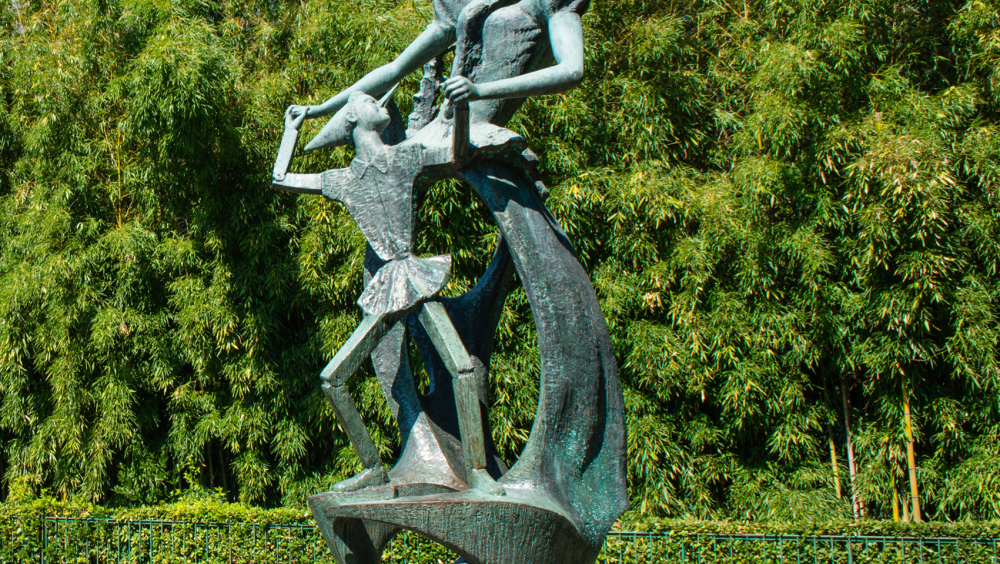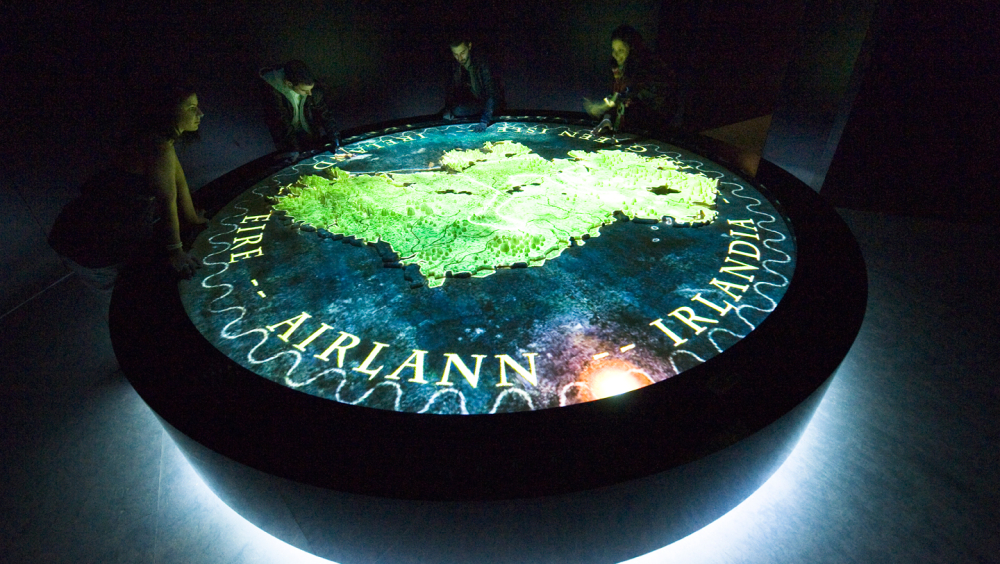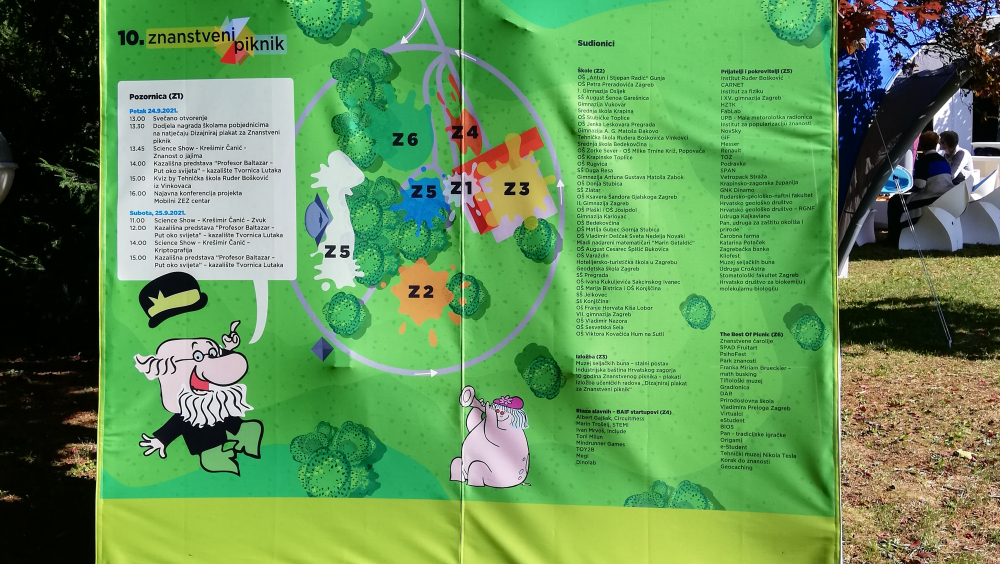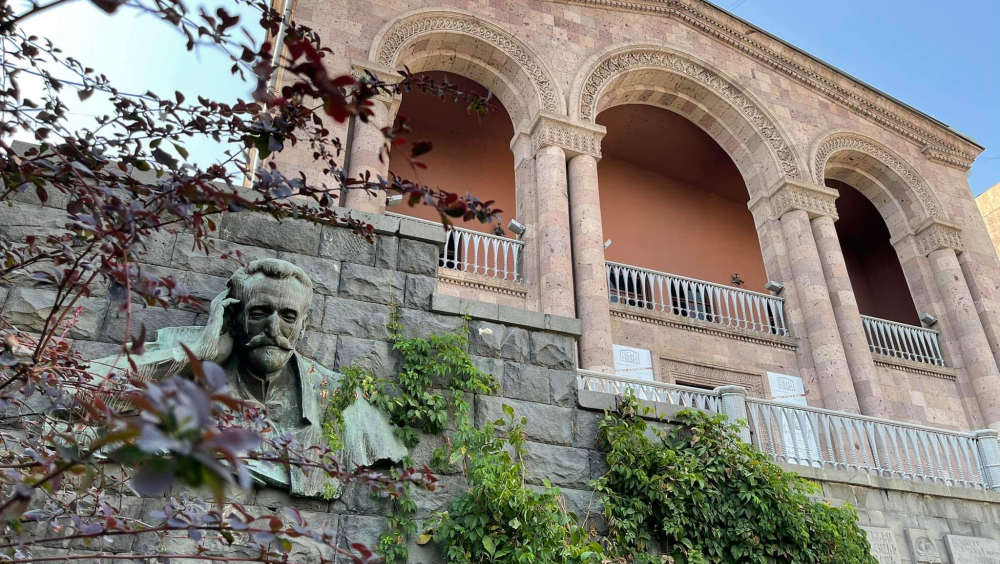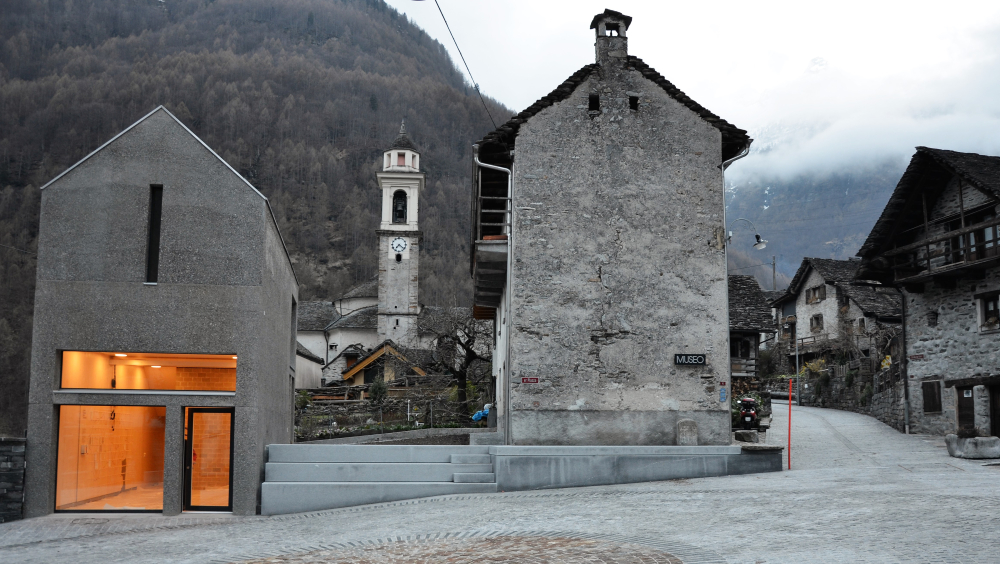The Journey of Fairy Tales From Ancient Times to the Present Day
Once upon a time, before the Judeo-Christian religion and before Roman law, there was Europa, kidnapped by Jupiter to whom she gave three children. Europa was born in Crete, daughter of kings, and the myths surrounding her story have inspired many other myths from the North to the South of our continent.
Stories, legends and fairy tales that unite us must be told and retraced to pass on the common roots of our community to the younger generations. Each of them has developed in its geographical, orographic, social and political environment, but the common sense of good and evil, of right and wrong, of ugly and beautiful originates in our common heritage.
Millennia have passed since then and the task of all of us today is to identify how local fairy tales highlight our differences, because by recognising and respecting them we will remain united and will not lose our identity.
We all had dreams as children, and those stories meant for children we commonly call fairy tales with their characters were part of our dreams, while accompanying us in our growth. From such stories we got values which help us to be good adults: e.g. friendship, respect for the other and for gender, live together, respect for the natural environment and the animals. Fairy tales stay with us and can get us keep on dreaming child-like dreams, and see the world in the eyes of children.
We also discover many characters from so many places, each of them a carrier of specific traditions and cultural identities. Those narratives have an educational and cultural value not be underestimated. They can support us in building together, with dreamy eyes, a fairer European society where we can live together in friendship and equal dignity, being aware of our cultural diversity and participating in it.
Characters of the narratives, authors and their life, places who provided inspiration or had an important role in the “birth” of a given narrative, organizations that work to foster and develop awareness and development of the cultural heritage represented by children’s narratives, they all can become “hotspots” to be included in the itinerary, which is one of real places, as all narratives were born in a specific geographical and historical context, and keep on living in the real world, in the cultural processes of intergenerational and cross-cultural transmission and creation.
Indeed, fairy tales, as a common heritage shared by all the inhabitants of our continent, have had and still have a very active role in the education of children and continue to propose fundamental values. In fact, they are the basis of common feeling, and their re-proposition as an element of cultural diplomacy is the greatest goal of the European Fairy Tale Route (a Cultural Route of the Council of Europe), which aims to highlight shared ethics and propose evidence of the different models of behavior of each single culture.
Fairy tales should be considered as an important intercultural and educational tool relevant to improve democratic citizenship in our society and to live better together in Europe.
The European Fairy Tale Route is a journey of (re)discovery of the characters and authors of European fairy tales, of enchanted places imagined as children, which is part of a new type of cultural and experiential tourism, where tradition is combined with emotion and imagination. The involvement of children, who are the future of Europe, is crucial in this itinerary. The European Fairy Tale Route can be a bridge to a European heritage for children, their families, their schools.
Any member country of the Council of Europe has at least a narrative and a character that are well-known to everyone and are considered somehow representative of the local culture. They can be, and often are, a bridge for intergenerational communication and informal education; if they are widely known beyond their place of origin, they can be a shared item of cross-cultural interest.
Starting from these premises, the project is divided into two levels: the first one has a cross-frontier dimension, and for this reason we have already reached 19 countries of the Council of Europe and the intent is to reach them all in a short period of time.
The second level is national and regional. At this level, collections of local fairy tales are put together with suggestions for journeys and itineraries within European states and regions, with the possibility of organizing a conference that highlights them, so that to share the affinities of values and the possible diversity of models of behavior.
